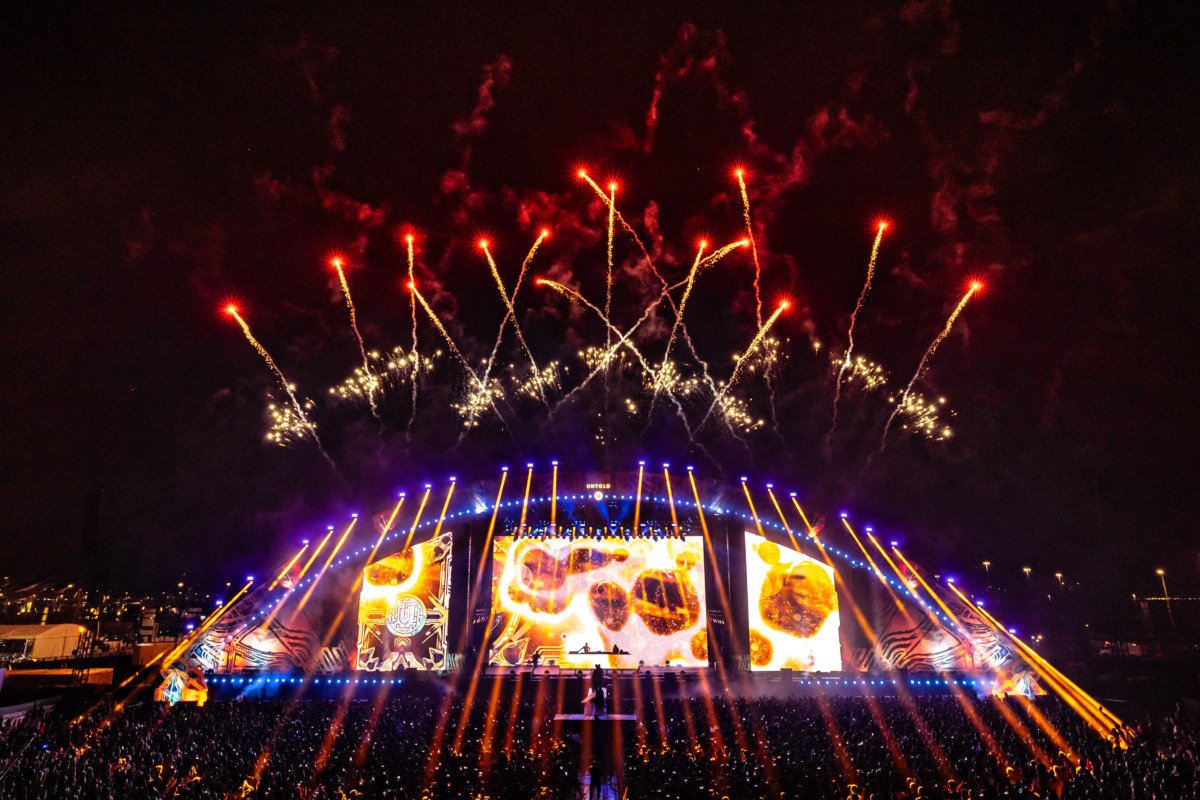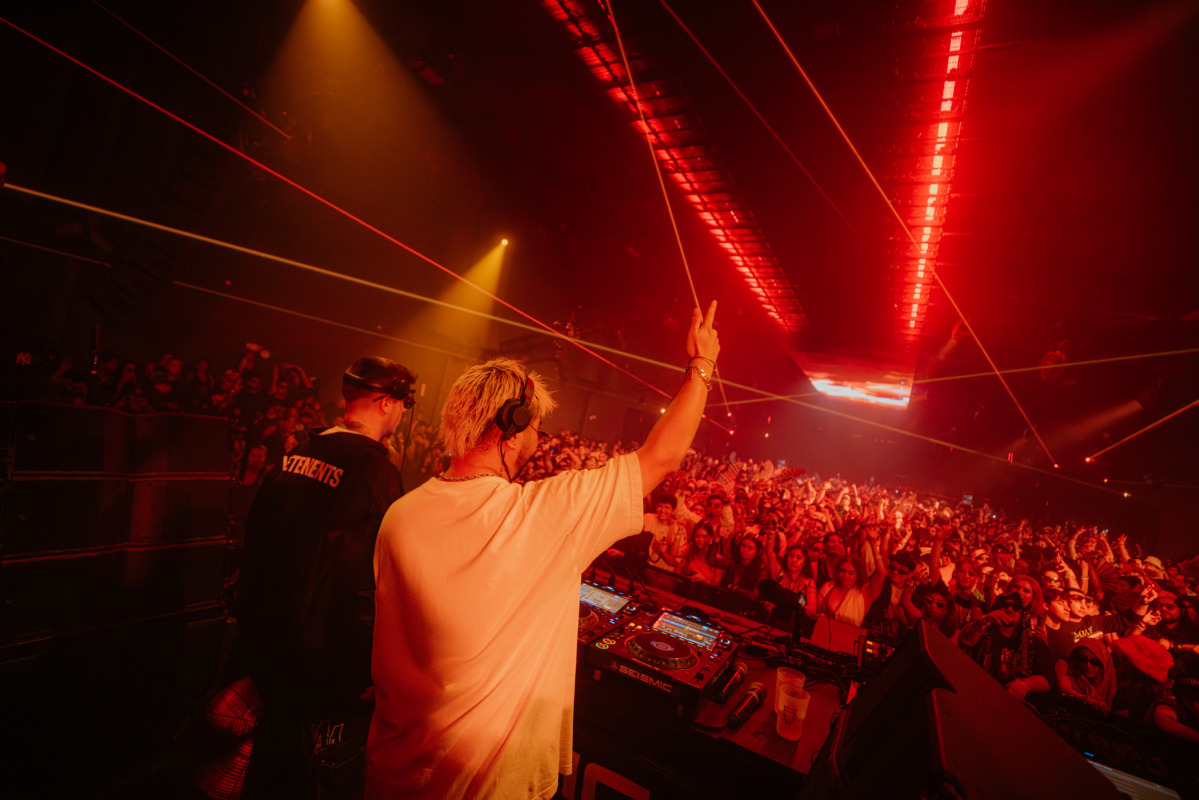Tite Kubo made a name for himself in 2001 with his hit manga series, Bleach, a story about a teenage boy named Ichigo Kurosaki who acquires the powers of a Shinigami (Soul Reaper) named Rukia Kuchiki. Since acquiring these powers, Ichigo is tasked with guiding the souls of the dead to their final destination. He also uses his abilities to protect people from evil spirits, allowing him to explore different spiritual realms.
While Bleach may have ended in 2016, Kubo was not ready to leave this world behind just yet. Two years after Bleach's conclusion, Kubo decided to expand its universe with Burn The Witch, a story set in London, England. The narrative follows a British-Japanese high school student named Noel Niihashi and her partner, Ninny Spangcole, both of whom are witches and members of the west branch of the Soul Society. They are also Pipers who operate under the supervision of Wing Bind.
Though they have lives in London, both Noel and Ninny actually reside in an alternate version known as Reverse London, which exists in a parallel dimension. As members of the Pipers, Noel and Ninny are tasked with conserving and controlling the dragon population -- a job Ninny very much hates. In Vol. 1, both Noel and Ninny battle two types of dangerous dragons: the dark dragon and the märchen. The dark dragon is known to absorb negative human emotion and actively attack human beings, while the märchen is the precursor to the dark dragon.
Despite being something of a sequel to Bleach, Burn The Witch Vol. 1 is written in a way that does not require new readers to be familiar with the previous series to be able to follow the story. At best, Bleach fans will immediately recognize references like the Soul Society, but they aren't presented in a way that will make a new reader feel like they missed something.
In terms of story structure, Burn The Witch Vol. 1 is fast-paced and action-packed from start to finish. Kubo doesn't spend a lot of time on exposition, only revealing important information about the characters and their respective world as those details become relevant to the story. He also doesn't take long to establish the characters' personalities and their quirks.
Noel Niihashi, for example, is depicted as the more calm and collected protagonist. She manages to remain levelheaded, even when situations get dangerous. Noel also has a deadpan sense of humor, which she tends to use on both Ninny Spangcole and Balgo Parks, both of whom are her polar opposite in terms of personality.
In stark contrast with Noel, Ninny is loud and reactionary. It doesn't take much for her emotions to explode and she's easily annoyed. She's also very vocal in saying what she dislikes about her job. Balgo is just as reactionary with explosive emotions, but not in the same way as Ninny. Whereas the latter is often depicted as pessimistic and angry, Balgo is the polar opposite in that he's usually optimistic and happy.
In terms of artwork, Kubo's pencils are as equally fast-paced as his writing. His action sequences are dynamic and depict fluid motion. He also excels at giving each character their own unique appearance, body language, and facial expressions. No one character looks or behaves alike, and a lot of Vol. 1's humorous moments are captured through the artwork alone.
On the whole, Burn The Witch Vol. 1 is an enjoyable read. It's very much a new entry point into the world of Bleach that's as equally energetic and engaging as the previous series. Burn the Witch has characters fans will easily enjoy while exploring concepts that are easy to invest in.
About The Author

